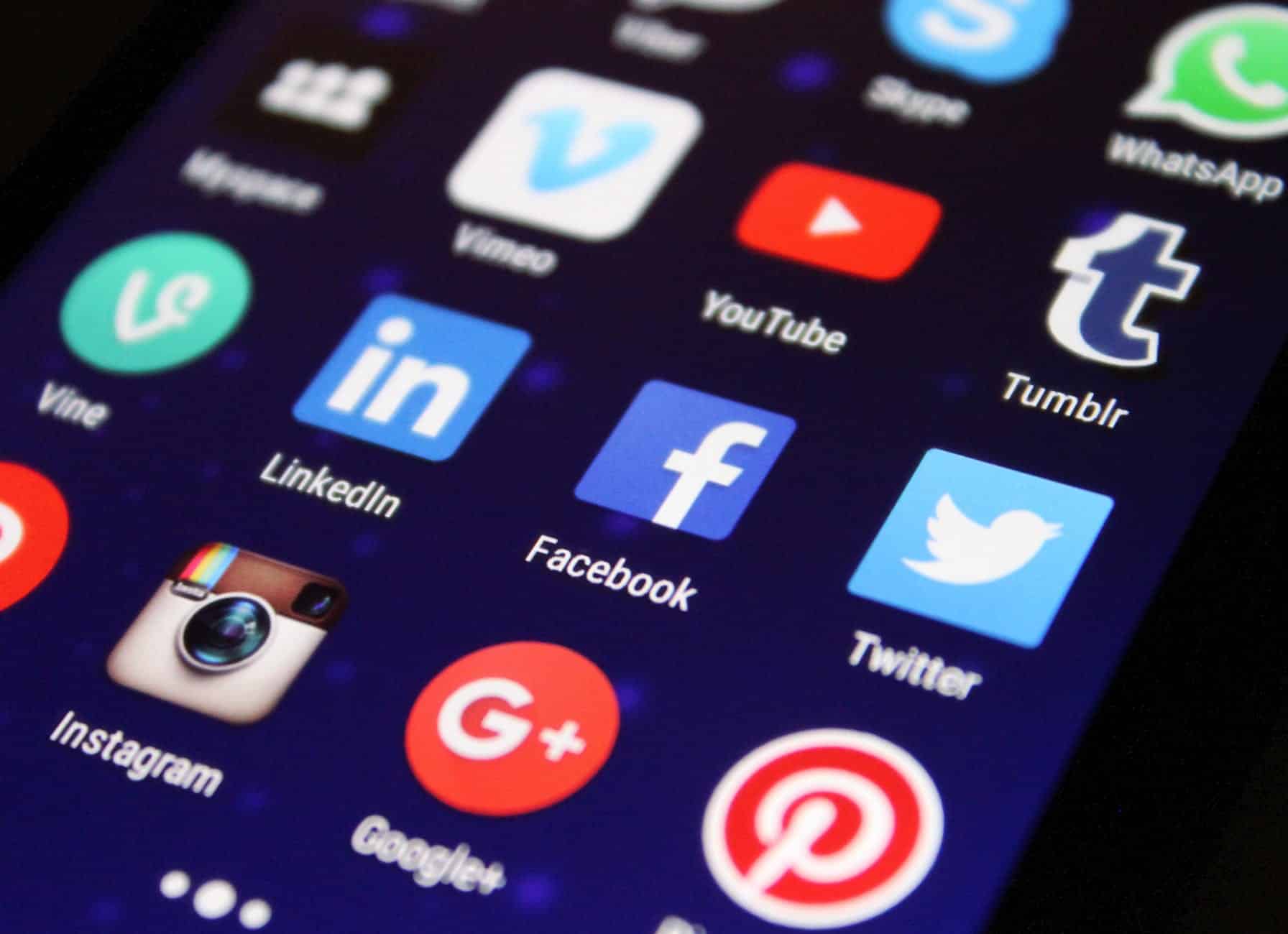8 Best Practices for Client Communication
August 4, 2022
“It takes months to find a customer… seconds to lose one.” — Vince Lombardi
Communicating with clients is an essential part of any successful business. But, how well do companies truly communicate?
The key lies in understanding successful communication and how to achieve it.
In this article, we will take a close look at client communication. In particular, we’ll discuss the eight best practices for client communication. This discussion will focus on how to effectively engage with clients through dialog and how to maintain it.
Defining Client Communication
Communication can be a tricky concept to define.

On the surface, communication is about exchanging information between parties.
After all, communication occurs when two or more parties engage one another to negotiate meaning.
Communication enables stakeholders to manifest their needs and wants when successful.
As a result, communication facilitates achieving goals and reaching targets.
Nevertheless, it is important to consider that communication does not solely depend on understanding the meaning of words. Effective communication largely relies on influencing other parties, thus enabling businesses to achieve their aims.
Renowned management guru Brian Tracy offers this insight regarding communication: “Your ability to communicate, influence, and persuade others to do things is absolutely indispensable to everything you accomplish in life.” Undoubtedly, effective communication enables anyone, or any organization, to influence other parties to do something.
When it comes to client communication, effectiveness hinges on positively influencing clients’ overall experience. Once again, Brian Tracy offers a wonderful tidbit: “Approach each client with the idea of helping him or her solve a problem or achieve a goal, not of selling a product or service.”
There is certainly quite a bit to unpack in that thought.
First, effective client communication is not about selling. Instead, it’s about offering value. Approaching clients with a helping mentality sets the tone for a successful engagement between parties. In contrast, being “salesy” is a sure-fire way to spoil client interaction.
Second, successful companies are the ones that genuinely strive to help their clients solve a problem or achieve a goal. This attitude primes the pump for effective two-way communication. As a result, companies must view client communication as an ongoing dialog aimed at helping clients achieve their aims.
Ultimately, client communication begins with a sincere interest in helping. From there, companies must strive to utilize communication as a tool to deliver value and achieve organizational aims. Effective client communication is about creating a win-win proposition for all parties involved.
Understanding Client Communication Tools
Client communication can take place across various means and platforms. While traditional face-to-face interaction is still pivotal, understanding client communication tools helps maintain an ongoing dialog between businesses and clients. As such, it is worth discussing these tools in greater detail.
Email is the predominant means of communication in the modern business world. Think about these figures:
- Folks sent an average of 306.4 billion emails daily in 2020.
- 89% of companies use email as their primary source of communication.
- However, 2020 figures indicate that the email open rate was 18%.
- In North America, 77.6% of client communication takes place via email.
- Also, 72% of clients indicated email as their main communication tool.
Indeed, there is no denying that email is a highly effective communication tool. Thus, businesses must embrace email as their primary means of communication. But why is email so useful?
First of all, email is non-disruptive. In other words, getting an email does not necessarily interrupt one’s workflow. Emails can sit in the inbox until an appropriate time to address them.
Second, email can deliver a significant amount of information.

As a result, email is quite suitable for providing content, offers, and solving issues.
Third, email provides an opportunity for two-way communication. Clients and companies can easily communicate via email asynchronously.
This characteristic means that clients can respond to emails at their convenience. Nevertheless, companies must strive to reply as promptly as possible.
Websites
There is so much a well-crafted website can do. A solid website can provide information, deliver content, and sell. A website can also become a client communication tool. For instance, adding a FAQ section or including a helpful blog can help a business maintain client communication effectively.
To put this consideration into perspective, research indicates that 38% of people leave a website if the content or layout seems unattractive. Furthermore, 88% of individuals say they will not return to a website after a bad experience, and 75% also believe in judging a company’s credibility by its website design.
What does this mean?
It means that a well-thought website can help foster effective client communication. In contrast, a poorly designed one can become a serious obstacle for client communication.
The downside to a website is that it is generally a one-sided communication approach. Therefore, a business must avoid relying solely on its website. While a website can be a highly effective communication tool, it must not be the only one.
Phone Communications
While using the phone may seem outdated, it is still a critical client communication tool. Phone communications are important, especially because clients are people. As such, people need to talk to other people. Companies must, therefore, strive to offer an effective phone communication option for communication with clients.
So, how important is phone communication to clients?
According to HubSpot, 90% of clients indicate that an “immediate” response is important to them.

Also, 60% of individuals stated that “immediate” meant getting a response in under 10 minutes.
Is there a means of communication that can deliver on these expectations?
Yes, phone communications can deliver an almost immediate response to client queries and concerns.
Businesses that invest in a solid phone support channel can expect to retain many more customers than those that do not.
Web Chat
Web chat has increasingly become a popular feature in client communications. Companies across various industries use so-called “bots” to interact with customers. Bots provide immediate information on a number of topics. According to Zendesk’s research, 69% of individuals say they feel comfortable interacting with a bot for minor issues. However, 54% of respondents also indicated a high level of frustration given the number of questions they must respond to before getting transferred to a human customer service representative.
Like websites, web chat or chatbots should be another communication tool in a company’s toolbox. Considering that most millennials prefer live chat instead of all other communication channels, it is worth considering human-based web chat as a viable alternative.
Social Media
Social media has become a go-to choice for client communication. Social media platforms allow one-way and two-way communication between companies and clients. As a result, communicating through social media gives businesses an opportunity to maintain an ongoing dialog with clients.
Recent data indicates that 33% of clients prefer communicating with a company’s customer service via social media platforms instead of on the phone.
This figure should not surprise anyone, given how time-consuming phone calls to customer service can be.
In contrast, most people spend a significant chunk of their time on social media. So, it makes sense to utilize this channel to communicate with a company’s customer service.

Ultimately, there is no single “perfect” client communication channel. Businesses must strive to offer as many client communication channels as possible. In doing so, companies give their customers various ways to get in touch with them. This approach results in ongoing dialog while ensuring effective communication across various channels.
The 8 Best Client Communication Practices
Given the importance of effective client communication, it is certainly worth looking into the best client communication practices in today’s business landscape. So, here are the eight best client communication practices companies can implement today.
1. Listen to clients’ needs.
The biggest sin companies commit is not listening to their clients. Some brands engage in one-sided discussions. Thus, businesses communicate with their clients but do not stop to listen.
When companies listen, they get a sense of what their clients want and need.
Listening to clients’ needs allows companies to address issues proactively before they become a serious concern.
For example, user comments on social media provide incredible depth into how clients perceive brands and products. From these comments, companies can ascertain where they have gotten things right or wrong.
Afterward, businesses can take action to remedy mistakes and build upon their successes.
2. Time is of the essence.
Clients expect “immediate” responses to their communication. Considering that “immediate” means under 10 minutes, companies must strive to ensure their clients’ queries receive responses as promptly as possible.

Ideally, businesses would have a dedicated customer support team.
However, having a dedicated team is not always possible.
Consequently, it is important to manage client expectations. For instance, automated email replies give clients a sense of relief in knowing their email has been received.
Also, it is a good rule of thumb to let clients know when they can expect a response. Messages such as “we will get back to you as soon as possible” are too vague. Instead, messages like “we will get back to you within 24 hours” set clear expectations.
3. Separate client communication channels.
Some companies employ individual staff members across various client communication channels.
This cost-cutting measure eventually backfires when there are overwhelming client communication requests. Thus, it is important to have individuals focused on one client communication channel at a time.
For instance, consider having one person (or one group) answering phone calls.
Likewise, having individuals focused solely on email or live chat reduces response time by decreasing distractions.
Ultimately, separating client communication channels boosts efficiency and productivity by removing unnecessary cross-channel confusion.
4. Honesty is the best policy.
Businesses must strive to show transparency at all times. Transparency means being forthright with clients about issues concerning the company.
Transparency applies to both positive and negative aspects about the company. For example, being clear about a product’s launch date is a great way to build hype.
Also, being honest about problems and mistakes is crucial to ensuring trust between clients and companies.
One of clients’ worst pet peeves is getting the runaround when they have a complaint. Instead of trying to dodge the issue, it is best to address it directly.
Moreover, giving clients a realistic timeframe regarding a possible solution is essential. It is, ultimately, best to be fully transparent instead of giving clients false expectations.
5. Adapt to clients’ communication styles.
Adapting to clients’ preferred communication styles means focusing on clients’ preferred communication channels.
While having multiple client communication channels is a good rule of thumb, focusing on the most predominant one is also a great idea.
For instance, businesses catering mostly to the millennial demographic may choose to invest more time and attention to live chat and online communication channels.
In contrast, businesses serving older clients may need to focus more on in-person and telephone communication.

6. Make it personal.
Clients love it when companies make things personal. A simple tactic companies use is to address emails by name. Instead of saying “Dear Customer,” addressing a customer by their name, such as “Dear Mary,” makes an enormous difference.
Also, it is highly important to keep client demographics in mind. This approach includes personalizing content to suit clients’ specific tastes.
For example, younger clients prefer more visual content such as video. Thus, companies may communicate with their clients on video platforms such as YouTube.
Conversely, older clients generally prefer to read. Therefore, publishing a regular newsletter can go a long way toward personalizing client communication.
7. Think things through.
It is easy to get caught up in the heat of the moment. In particular, busy customer support agents may respond to client queries while on “auto-pilot.” However, doing so may have a detrimental effect on overall client communication.
First, it is crucial to consider responses carefully before hitting “send.” Taking an extra moment to go over responses can save a bundle of time down the road.
Also, avoiding typos and grammar mistakes is a must. Typos and language errors give clients a terrible image of a company or brand.
A good way to avoid these issues is to use automated spelling and grammar check tools to avoid making embarrassing mistakes.
8. Focus on the little things.
Little things add up. For example, sending personalized birthday emails can go a long way toward fostering a positive relationship between a company and its clients.
Additionally, friendly and polite interactions make a significant difference.
While these elements may seem par for the course, they often get overlooked. Paying attention to minor details can take client communication to a new level.
It pays to take the time to focus on the little things. The best part is that the little things compound a company’s overall client communication efforts.
How can a writing agency help companies boost their client communication?

A great deal of client communication hinges on scripts, automated messages, and pre-recorded statements. As a result, these messages must be “perfect.” Even a slight grammatical or semantic mistake can become fodder for negative press.
A writing agency can help companies boost their client communications by ensuring they produce top-notch materials. For instance, high-quality product descriptions, newsletters, or blog posts can go a long way toward helping companies boost their communication.
Consider these examples:
- A writing agency helps a company produce its weekly newsletter. Instead of tapping an already busy staff member, the company uses a professional writing agency to produce high-quality, informative materials.
- A writing agency produces how-to blog posts that guide customers using the brand’s products. These blog posts communicate the company’s value proposition while cementing its brand positioning.
- A writing agency carefully crafts customer service scripts and automated messages to ensure they capture the company’s vision and address client expectations accordingly.
A writing agency can quickly become a trusted partner in ensuring effective client communication. Why take chances when a vetted writing agency can take the guesswork out of building a solid relationship between clients and companies?
A Final Thought
With much of the world’s communication going online, it is becoming harder and harder to keep a human touch. The emergence of artificial intelligence has prompted many businesses to implement automated client communication tools. The human touch, however, is still an important consideration. Ultimately, companies must strive to incorporate as much human connection as possible, even when client communication increasingly occurs over digital channels.































